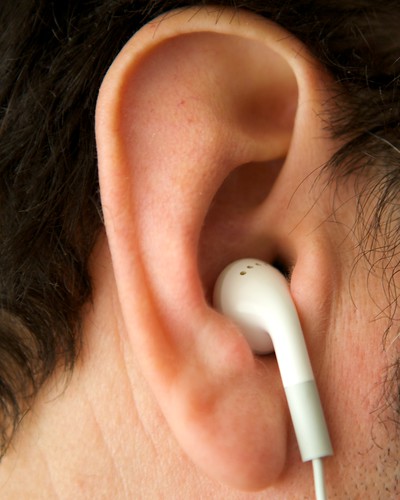
A little listening to Reggie Watts got me all twisted up into an archipelago of artistic asphyxiation.
There is nothing so special in society as the charismatic orator. For entertainment and education value, the orator can stand on the stage, on the soapbox, behind the mic, in front of the camera, and reach out to one mind or a million. The content appeal and most often the appeal of the orator is completely subjective, yet the quality of certain individuals isn't lost on masses.
The practice has melded from the ancient to the cutting edge. From Greeks standing in front assembled crowds to podcasts that receive tens of thousands of downloads a day, the orator has moved from the floors of democracy to the warm glow of an LCD screen. And in so much I enjoy podcasts of people interacting, discussing and dialoguing, I hold a fond affinity for the monologue, the rant, and the introspective narrative. From Garrison Keillor to Henry Rollins, from Stuart Mclean to Jello Biafra, from MLK to Bill Hicks, from John Kennedy to Lenny Bruce, the orator has developed and ex panded to suit the needs of audiences and the conventions of the times. (And I'll take the heat here for not including any female examples - my only excuse is for populist impact and general ignorance of comparable pop culture examples, which is a more of a social tragedy than an excuse.)
That the orators of today can hide in a basement behind a microphone may bastardize the centuries-old traditions of standing in front of a crowd and bellowing to assembled throngs, but the intents have not changed: inspire, motivate, educate, even manipulate. Orators try to inspire confidence with confidence, encourage fun by having fun, and move to action by using words as tools - and sometimes weapons.
While some would complain that oratory is a lost art, I often think that, instead, the audiences have lost oratory. For hundreds of millions of people oratory has been reduced to places of public worship - the preacher at the pulpit. The orator used to represent the closest thing to mass media that existed during a place and time. Our attentions have been drawn to flash and pomp and circumstance, yet there's nothing quite the same as a live venue with a passionate speaker, a message, and a desire to communicate. If the ability to experience a charismatic orator live has waned from our consciousness, perhaps some of us have turned to modern substitutes.
I'll be the first to admit that the crowd atmosphere, facial contortions, body language and electricity is difficult, near impossible, to reproduce over a microphone, but remains, noenetheless, enjoyable. Our minds have a boundless ability to fill the voids left without the live experience. The podcaster also has a great strength that is borne on a huge disadvantage. Let's face it; there's little social inhibition in not downloading or stopping and walking away from listening to a podcast. The buy-in on behalf of podcast listeners ensures their engagement and should encourage the content creators. While millions of people sit solemn in houses of worship, there is a stigma involved in getting up and walking out on a sermon.
The faceless orator of portable media devices is not so much the Big Brother or Supreme Sister of the future, but instead a voice of choice, an expert in semantic antics, expressing luminosity in verbosity... and the Earbud Orator shall reign forever... or at least until something cooler comes along... like holodecks.






